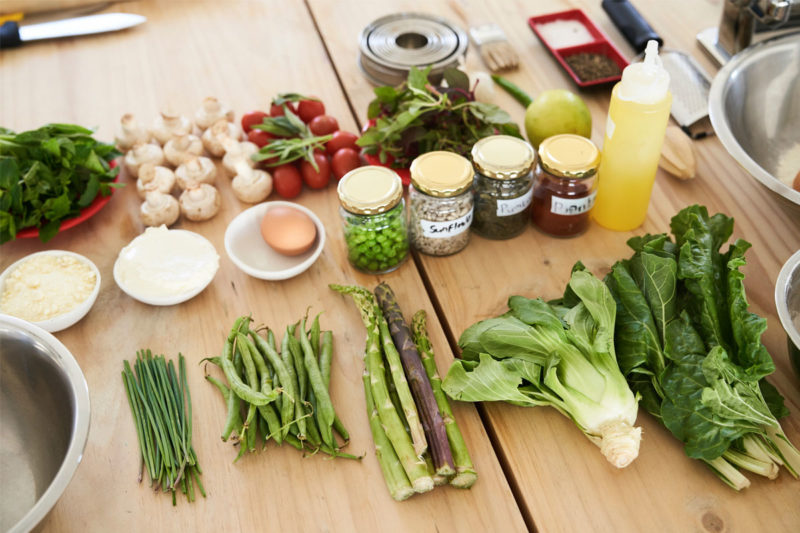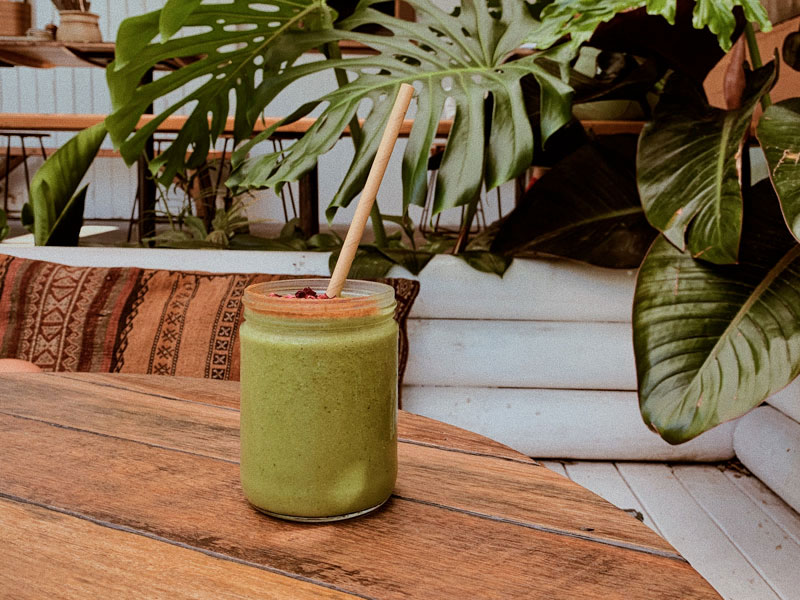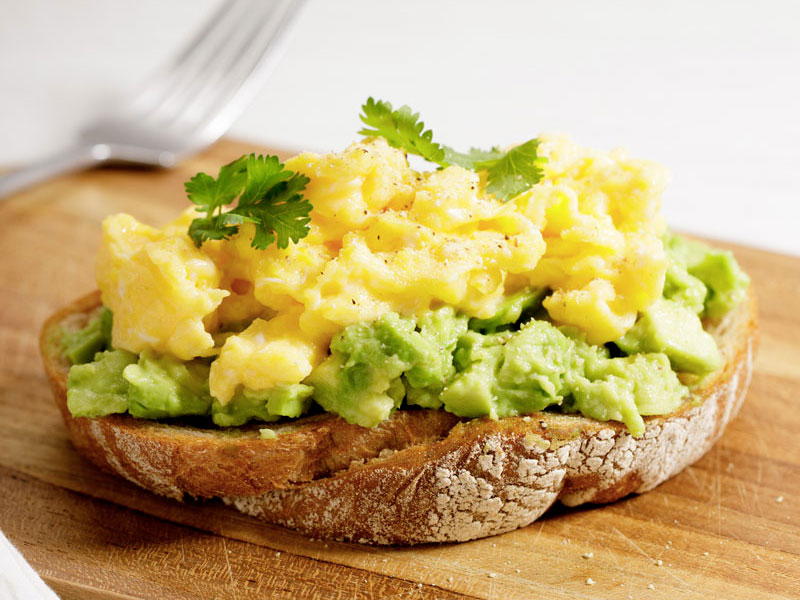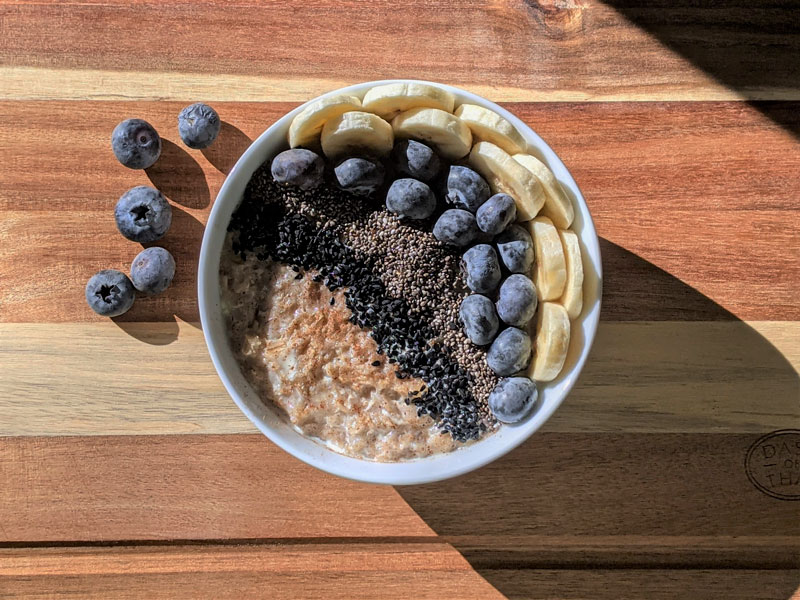How about taking the plunge? How about changing everything in the space of a week?Because embracing Clean Eating isn’t just theoretical, but is to be put into practice – right now!
What’s Clean Eating, again? It’s about eating food that’s clean, tasty, healthy, indulgent and joyous (something that’s not to be overlooked). Although it did start out as a trend, it has become a phenomenon, and what we want is for it to become… Automatic. Begin by cleaning up your kitchen cupboards, fridge, shopping trolley, shopping bag and plate. Shall we show you how to approach your edit? By opting for Clean Food such as organic foods, those that are local, seasonal and considerate of the planet. Opting for fruit and vegetables, pulses and wholegrains and home cooking. Shunning foods that are too high in sugar, salt or fat, or full of additives (the more processed a product is, the more additives it will contain!). Basically, eating healthily, eating smart, and cooking healthy food that also looks inviting… If only you had known just how easy it was, you would have started a long time ago! Here’s your guide to clean eating from day to day.
1 – Make your shopping list
In the dry goods aisle, go for legumes and pulses: green, red and yellow lentils, chickpeas and baked beans. Seeds and oilseeds: chia and sunflower seeds, flax and sesame seeds, walnuts, almonds, hazelnuts, macadamia nuts. Cereals: oats, barley, millet, spelt and quinoa.
In the chiller section, go for herbs: basil, coriander, dill, chives. Vegetables and fruit (more or less all varieties!). High- quality protein: eggs, poultry, oily fish. It goes without saying that all of the above is to be seasonal, local and from responsible sources!
2 – Find inspiration
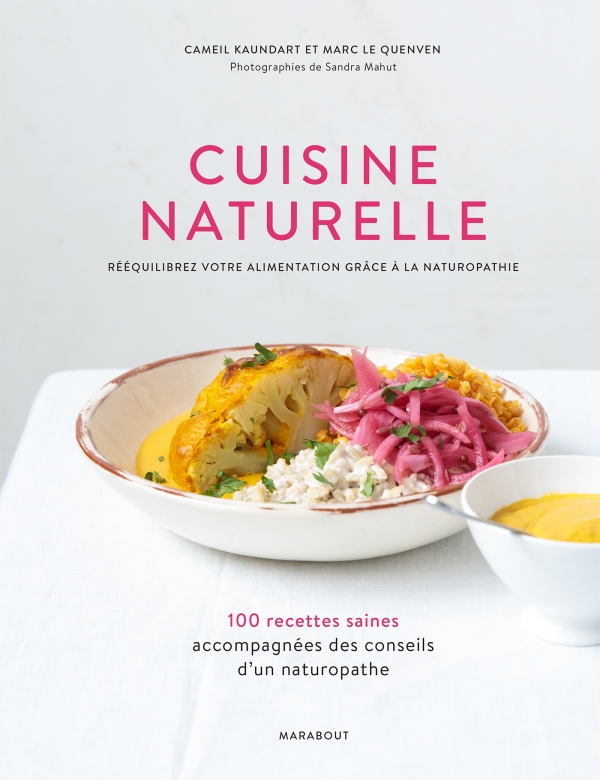
Cuisine Naturelle [Natural Cuisine], Marc le Quenven 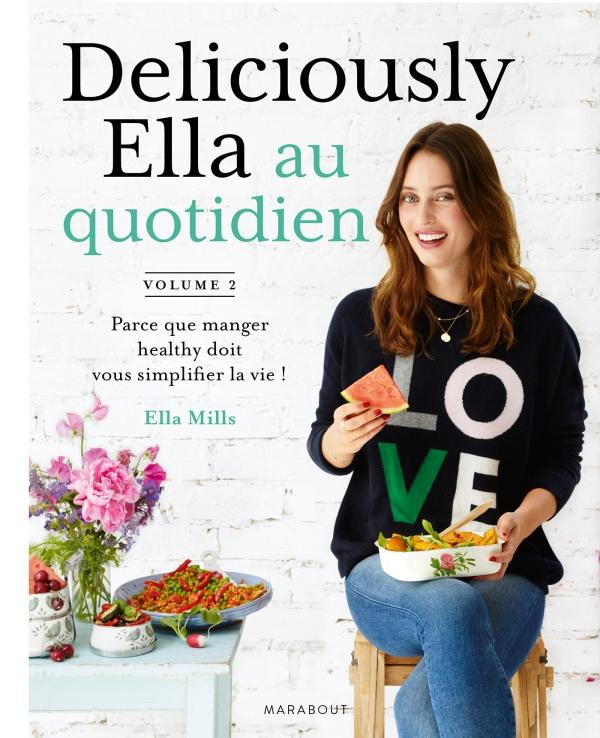
Deliciously Ella au quotidien [Deliciously Ella from Day to Day], Ella Mills
Perhaps you’re all out of ideas? Then go and get some from sources brimming with inspiration. Keep checking blogs and sites offering healthy recipes (recettehealthy.com, foodspring.co.uk). Listen to food podcasts (‘The Kitchen Cabinet’, with Jay Rayner on BBC Radio 4: even if you don’t cook, it will have you salivating happily!). Don’t miss ‘Les Carnets de Julie’, on French TV station France 3, to explore local produce, traditional and healthy cooking. Sign up for master classes that extoll the virtues of healthy food and show you the ropes (academy.happyngood.com from healthy living expert and yogini Julie Dumoulin, and hygieacademie.com from the charismatic naturopath Lisa Salis). Set up a Pinterest account and pin everything that takes your fancy. Build up a book collection with some basic books (Cuisine Naturelle [Natural Cuisine], by Marc le Quenven, Marabout, €24.90, Deliciously Ella au quotidien, [Deliciously Ella from Day to Day] Marabout, €19.91).
Put together a meal plan for each week. It will certainly require some effort at first, but then little by little it will become second nature. Make a sample shopping list, and keep it in your shopping bag. Make a duplicate of it and refer to it when putting your meal plans together. Take photos of culinary successes that you’re really proud of, and send them to your friends. You never know – the next step could be having a food account on Instagram, a healthy living blog and a piece written about you… On here!
3 – Gather your Clean Eating equipment
That’s where it all starts: with good utensils.
Get yourself a food processor, but not necessarily one with all the bells and whistles. The aim is for it to be able to blend, knead, slice, grate and grind foods. Good knives, a paring knife and a chopping board to prepare fruit and vegetables in all their forms. A stainless-steel frying pan for low-temperature frying, a set of stainless-steel saucepans with lids, a multicooker for gentle cooking, a multi-tier steamer, a juicer, a stainless-steel round-bottomed mixing bowl for all your homemade fare. And for the more exacting, a kitchen scale (from arche-de-neo.com, for example).
4 – Worth your (good) salt!
Like an essential piece of equipment, seasoning is something that you should have to hand, in the kitchen, and not on the table. Good oils (rapeseed oil and olive oil for seasoning, cold-pressed camelina oil and cold-pressed hemp oil); lemons and limes; curcuma and pepper, which potentialize their benefits; dried berries; fresh herbs; a minimal amount of salt (mainly for adding to water before boiling vegetables, pasta or rice). Don’t, however, add salt to the cooking water before boiling legumes, as it will harden them up. Instead of sugar, consider livening up your desserts more healthily using ground dried apple, for example.
5 – Start the day with breakfast
To embark on Clean Eating, begin with breakfast.
Following the advice of Lisa Salis, a naturopath and founder of the Hygie health academy: Load up on protein with:
- Scrambled eggs with spices (e.g. cinnamon), raisins or cranberries, baby spinach and sun-dried tomatoes.
- Turkey or chicken breast.
- Gravlax salmon or sardines.
- A smoothie with silken tofu.
If you simply must have sugar (which is not advisable in the morning!), Lisa recommends:
- Homemade pancakes (made with gluten-free flour) with homemade hummus, or lentil and date spread, or oilseed purée
- Buckwheat pancakes
- Sourdough bread or wholemeal rye bread with oilseed purée, hummus, etc.
- Porridge made with oats or azuki bean flakes in plant-based milk, and a sprinkle of cinnamon or ground curcuma
And she stresses “Cut out the following completely: mass-produced breakfast cereals that are full of sugar; white bread and jam; crispbreads; mass-produced brioche-type rolls with sugary spreads; and yoghurts (or drinking yoghurts) that are full of sugar”.
And as the virtuous circle works its magic, this delicious, healthy and easy meal will make you want to prepare meals that are every bit as clean for lunch and dinner! To be continued…


